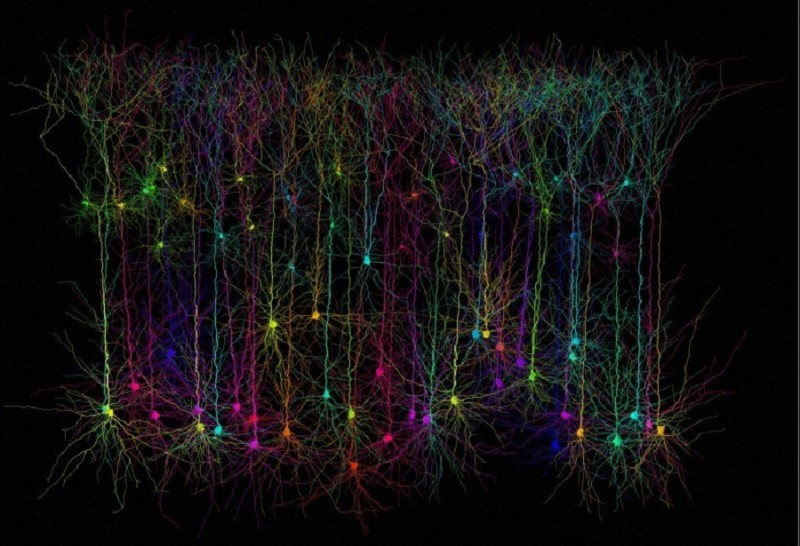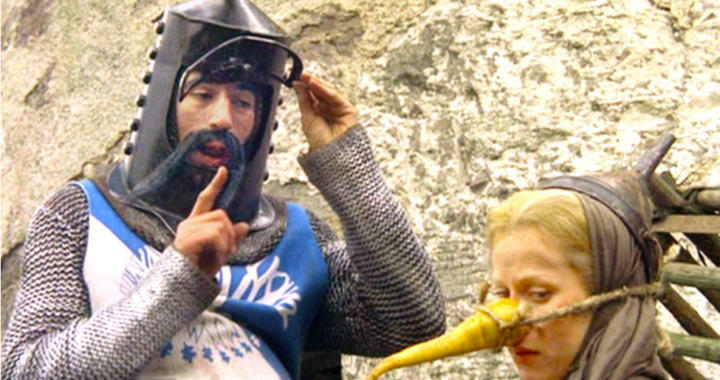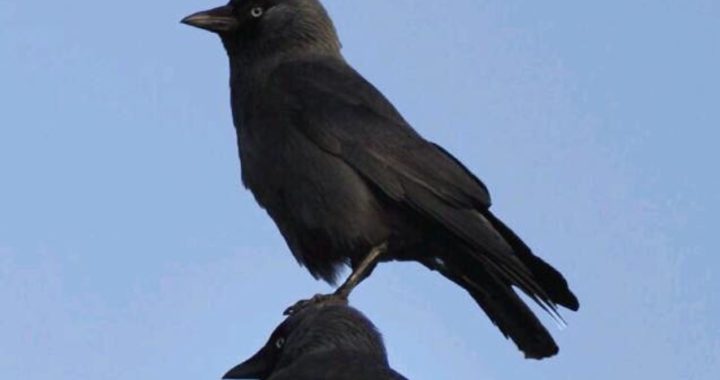Two lights for guidance. The first, our little glowing atom of community, with all that it signifies. The second, the cold light of the stars, symbol of the hypercosmical reality, with its crystal ecstasy. Strange that in this light, in which even the dearest love is frostily assessed, and even the possible defeat of our half-waking world is contemplated without remission of praise, the human crisis does not lose but gains significance. Strange that it seems more, not less, urgent to play some part in this struggle, this brief effort of animalcules striving to win for their race some increase of lucidity before the ultimate darkness.
What is neuromythography? Neuromythography is a portmanteau neologism for a method and practice connecting the biological and spiritual worlds. I realize that this did not answer the question, so let us dissect the word.
- ‘Neuro-‘ implies the brain.
- ‘Mythography’ is an ancient practice of compiling pantheons of gods and myths to express spiritual and psychological concepts.
- Nested inside ‘mythography’ is ‘graph’, representing the evolving data graph structure of this work.
The word neuromythography also embodies its deepest secret: the connection between mathematics, biology, the brain, its receptor architecture, and the Creator (in the Spinozan sense). But to taste that moment of delicious harmony between science and the infinite, you have a journey to walk.
Neuromythography is centered around a semantic data structure called the Neuromythograph. The Neuromythograph eschews the linear structure of the written book in favor of presenting a navigable space that one can explore without the rigid narrative guidance of an author. There are many applications:
- Declarative metadata to define a biologically-plausible upper architecture for AI applications implemented on recurrent neural networks and the like.
- A more meaningful set of parcellation labels for fMRI studies to extract more informative interpretations
- Archetypal resource for artists, writers, and researchers

This Neuromythograph connects the physical world of brain anatomy and neurochemistry with the hidden spiritual world of myth and spirit. In contrast to traditional prescriptive pedagogy, you teach yourself and discover by directly exploring the graph content and draw your own insights from it. Whereas a lecture, course, or narrative is a model kit, the Neuromythograph provides a vast set of unique interconnected building blocks for the explorer to interpret and create with.
This word–neuromythography–knowingly teeters on the edge of what is sardonically called neuromythology–the dressing up of vapid spirituality blather with labels like ‘dopamine’ and ‘limbic system’. Neuromythography is distinguished from neuromythology as follows:
- Neuromythography starts with the hypothesis that the dissolution of mind that occurs in diverse conditions such as schizophrenia, temporal lobe epilepsy, psilocybin dosing, psychotic breaks, and claustrum dysfunction hints at an underlying fragmented consciousness. This underlying fragmented consciousness ordinarily maintains an illusory seamless unity for neurotypicals, but this veil can be pierced through medical conditions, stress, drugs, or mental training.
- Consciousness, then, is an underlying ‘society of mind‘ consisting of multiple ‘personalities’, each communicating in a marvelous multiplexed network of Fourier analyzers across neural network layers, that communicate via signals that are nested in frequencies separated by the golden ratio, phi. (It should be noted that the canonical brain rhythms (delta, theta, alpha, beta, gamma) are in fact separated in frequency space by the golden ratio, and tend to be nested hierarchically, for those who had hoped that my mention of the golden ratio would reassure their presumption of crackpottery.)
- Neuromythography proposes that each community of neurons, designated by development origin, location, connectivity, and genetic expression profile, is itself a ‘citizen’ in this society of mind.
- Furthermore, the various neurotransmitters and receptors themselves represent primordial spirits that imbue these citizens with certain essential qualities, analogous to how graph nodes and edges can be ‘colored’.
- Each of these clusters of neurons assembles itself during development using a conjunctive set of chemical gradients (for migration) and chemical markers (for wiring) known by names like Wnt and Otx2. Whether this model is sufficient or predictive in all cases is beside the point, for as statisticians like to say, all models are wrong, and some models are useful.
- Neuromythography is based on a massive private study of the neuroscience literature, enabled by modern accessibility and conceptual exploration through Google. The graph structure is anchored by the Human Connectome Project cortical parcellation (180 parcels per hemisphere), the derived Connectomic Surgical Atlas of Sugrue et al, the Allen Brain Institute atlases, animal homologues, and the evolving prosomeric ontogenic model proposed by Puelles. By using these resources and research methods I developed, I have been able to consolidate a good deal of fMRI and animal research into a coherent, aesthetically-pleasing model that is rigorously-faithful to underlying anatomy. I call this model, which is a large graph data structure, the Neuromythograph.
- The Neuromythograph consists of more than 900 anatomical brain regions organized into a modern prosomeric model, more than 125 neurotransmitters and 175 receptors, and connected to supporting ontology.
- Each node in the graph is connected to a scholarly references. Currently, there are more than 4800 unique references in the mode, and each are linked to relevant concepts, brain areas, neurotransmitters, and receptors in a custom tagging system.
- Finally, a conceptual upper ontology that connects the biological entities to spiritual, social, literary, and scientific concepts.
This project is of course not the kind of thing that a PhD advisor, an institutional review board, a government agency, or a venture capitalist would support. It smacks of indulgent youthful ambition, and unserious scholarship. Had I been constrained by such I would have been guided towards making focused contributions to the scholarly literature, as Charles Darwin was advised by early previewers of Origin of Species to start with the evolution of pigeons, “because everyone is interested in pigeons”. But, as Antoine Saint-Exupery observed, children can see things that adults cannot. My hope is that I have laid a solid rational foundation for future mythographers and the spiritually-aware to drive out the sophists again, as the Greeks and Romans did for brief golden ages during their respective cultural careers.
Mythography
Ancient mythographers such as Homer and Hesiod are crediting with compiling the Greek pantheons. Hindu mythographers passed down the Shrutis and Smritis that make up Hindu beliefs. The authors of the Bible were mythographers that carefully curated the books of the Torah, the New Testament, the Talmud. Believers in the divinity of particular texts may object to the use of the word ‘mythography’ as applied to their own, but I beg you not to take offense. The word ‘myth’ has taken on a pejorative colloquial sense that strips it of its connection to the essential spiritual hunger that is embedded into the human heart. My intent is in fact to renew faith in the strands of truth that connect all religions, by situating them in the very wetware of our brains.
What I have said so far can also be read in innumerable theology and philosophy texts. Neuromythography applies exegesis, or anagogical thinking, the the neuroscience literature, and cross-references it with spiritual literature. One is not supposed to do this. Therein lies the opportunity.




